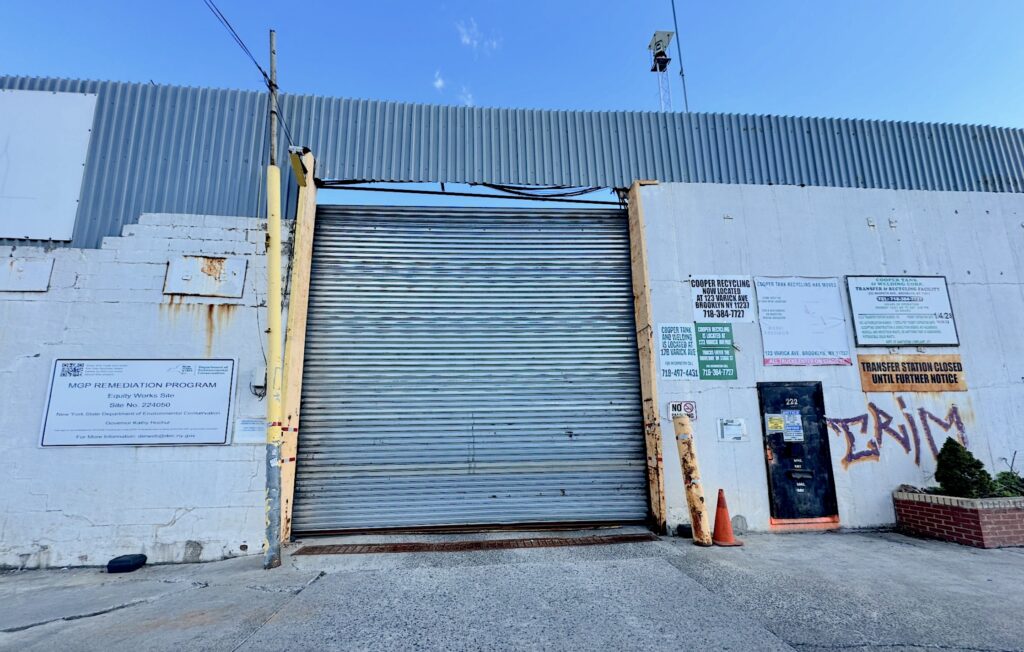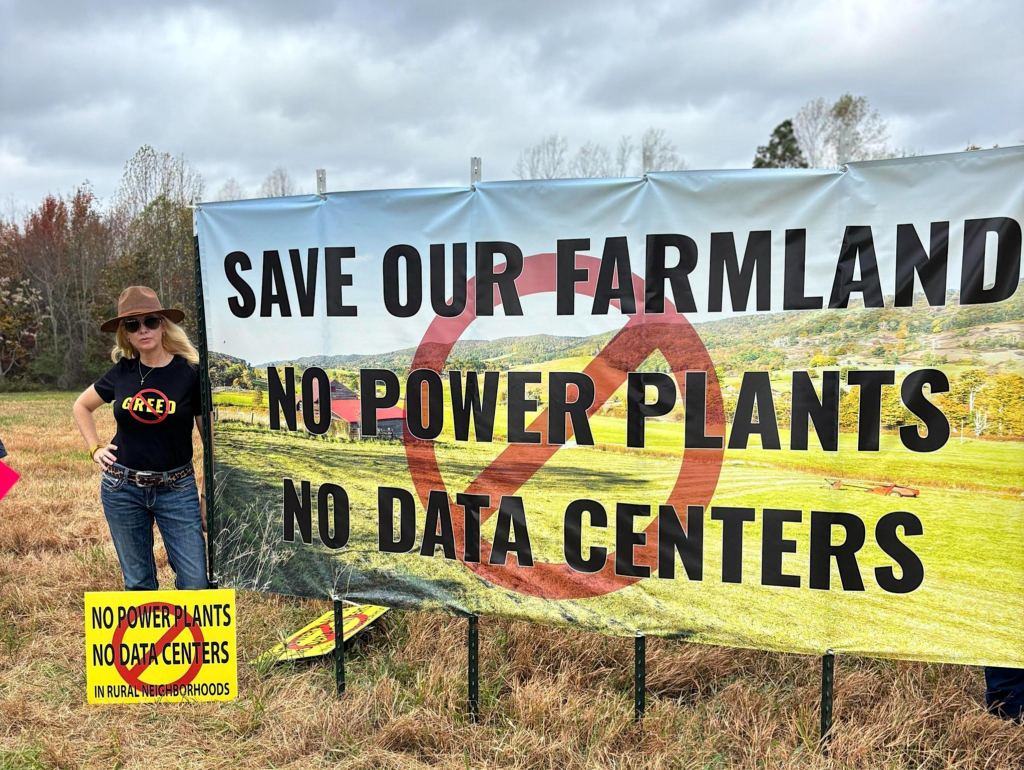Northern Alberta’s Wonder Valley development seems somewhat less wonderful lately. Celebrity investor Kevin “Mr. Wonderful” O’Leary recently hyped the $70 billion AI data center proposal to be powered by “200 trillion cubic feet of sweet natural gas.”
Less than two months after O’Leary launched what he called “Canada’s biggest-ever real estate deal” and “the world’s largest AI data centre industrial park,” the wheels appear to be falling off on several fronts. Aside from an apparent complete lack of Indigenous consultation and a bizarre development involving Alberta Premier Danielle Smith, the most immediate setback involves a new AI technology that has upended the entire North American natural gas market – especially speculative projects like Wonder Valley that may be more about selling fossil fuels than powering data centres.
Subscribe to our newsletter
Stay up to date with DeSmog news and alerts
Chinese start-up DeepSeek recently disrupted the multi-billion-dollar global AI market by releasing an open-source language model that could match or surpass the most advanced AI offerings like ChatGPT for a fraction of the cost and electricity use.
This has huge implications for global energy markets since AI data centers already consume over 4 percent of U.S. generated power and were projected to balloon up to 12 percent by 2028. Those projections are now out the window, as are the valuations of many leading AI and natural gas companies that hyped the need for massive generation buildout. The day the DeepSeek news dropped, U.S. stocks lost $1 trillion in investor value with chip manufacturers and energy companies bearing the brunt of the market bloodbath.
Forbes declared that “the AI-energy demand bubble may just have burst.” Morningstar shared similar analysis of the natural gas rout, stating, “we view the selloff as overdue. Gas-heavy midstream and upstream stocks are still among the most overvalued in the sector.”
How this will all play out remains to be seen but at the very least this market volatility will undermine investor confidence in enormously expensive projects like Wonder Valley that also have huge carbon footprints and long timelines.
Over 17.5 gigawatts of new natural gas capacity is planned in the U.S. with emissions of more than 60 megatonnes of CO2 per year. Much of this was driven by presumed demand for AI data centers, now called into question by DeepSeek. Will these trends deep-six Wonder Valley, too?
Indigenous Nation ‘Completely Disrespected’
Even if O’Leary can somehow convince investors to pony up $70 billion given this market uncertainty, other important requirements appear to have been overlooked or completely ignored. The Sturgeon Lake Cree Nation sent a cease and desist letter to premier Smith stating they received “zero consultation from O’Leary Ventures Inc and/or the Greenview Municipality on the proposed use of our traditional territory for this AI Data Centre. We learned about this proposal through a press release.”
They are also demanding clarification around alleged permits issued by the province – which O’Leary appeared to be bragging about in the media – or any applications filed with regulators impacting their treaty rights. Chief Sheldon Sunshine told CTV news, “we feel completely disrespected with the development of this project.”
The story also seems to be shifting on how the Wonder Valley project even started. Many in the public may have originally been under the impression it was O’Leary’s idea. However, he recently stated in the media he was approached by Premier Danielle Smith about the project, who even suggested sites to prioritize during a helicopter tour. Alberta also launched their AI Data Centre Strategy on December 4, 2024 – a mere five days before O’Leary Ventures put out their press release.
“Projects like these don’t happen by accident. They happen by design,” said Minister of Technology and Innovation Nate Glubish in a December op-ed. “Alberta’s Data Centre Strategy played a significant role in securing [the Wonder Valley] commitment. My concierge team from the Ministry of Technology & Innovation has been working with the O’Leary team for several months to assist in navigating Alberta’s regulatory framework.”
A $70 billion project that will have obvious impacts on water use and Indigenous rights should require rigorous permitting and public oversight. Has the UCP put themselves in a conflicted position? This question was raised in the letter from Sturgeon Lake Cree Nation: “we would like to know whether and how the Crown has been advising this proponent on how to navigate the regulatory framework. These statements raise at least the appearance of a conflict of interest.”
Pensions and Purse Strings
Where would the Wonder Valley development access $70 billion? When Premier Smith abruptly fired the senior leadership in AIMco last year, many observers expressed concern that over $160 billion in public pension fund investments might be managed for political rather than fiduciary reasons, particularly for the benefit of the oil patch. Were the Wonder Valley backers wondering if they could access this capital to expand local markets for burning natural gas?
If so, the prospect of AIMco also getting access to hundreds of billions of additional assets from repatriating the Alberta portion of the Canada Pension Plan looks decidedly more dim. Recent polling shows that less than 25 percent of Albertans support this longstanding pet project of Danielle Smith.
While it helps to have allies in high places, Premier Smith may have more immediate issues to worry about. An unfolding scandal regarding alleged political interference in over $600 million of procurement at Alberta Health Services has led to calls from the opposition leader for an RCMP investigation and for her to step aside. If Smith’s support for the Wonder Valley project was key to moving it forward, it may now be mired in political mud. And maybe that is a wonderful outcome.
Subscribe to our newsletter
Stay up to date with DeSmog news and alerts







